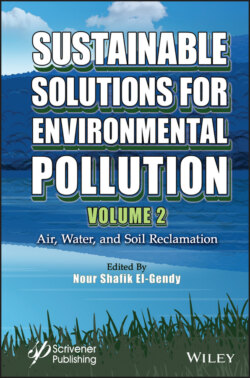Читать книгу Sustainable Solutions for Environmental Pollution, Volume 2 - Группа авторов - Страница 64
1.14.4 Global CW Modeling
ОглавлениеDifferent global models have been proposed for the simulation of CWs. Due to the complexity of the biological reactions involving bacteria and of the processes involving different kinds of plants, all this combined with time-varying physical phenomena (flow patterns, solar irradiance, temperature, and wind), these models are computationally intensive.
Hantush and co-workers have developed the WetQual series dealing with carbon (Sharifi et al., 2013) and nutrients dynamics (Hantush et al., 2012; Kalin et al., 2013) for flooded natural wetlands: WetQual is also applicable to surface-flow CWs. It considers the water column, the plants as well as the sediment and predicts also GHG emissions. The sulfur cycle is much less considered in literature, although a model for sulfate reduction and interacting reactions between sulfur, iron, and carbon reactions has been derived by Ng et al. (2017) based on field data collected on a sulfate-impacted wetland in a mining area (Ng et al., 2017).
The CW Model N°1 (CWM1) is a general model to describe the fate of OM and nitrogen in SSF-CWs treating wastewater (Langergraber et al., 2009). Fournel et al. (2013) aimed their hydrodynamic model toward CWs for urban runoff treatment, focusing on the saturation gradient in the porous media (Fournel et al., 2013). Finally, combination of both approaches enabled to build full models (i.e., describing the 2D-hydrodynamics as well as the biology) of SSF-CWs for urban storm water treatment (Pálfy et al., 2016; Pálfy et al., 2017). However, as underlined by Yuan et al. (2020), the biological reactions used on these models are based on the Activated Sludge Model 1 developed for well-mixed reactors (Yuan et al., 2020), when the bacteria involved in SSF-CWs are fixed on the porous media. Consideration of porous media colonized by biofilm, together with the addition of the fate of emerging pollutants would improve the SSF-CWs models.
